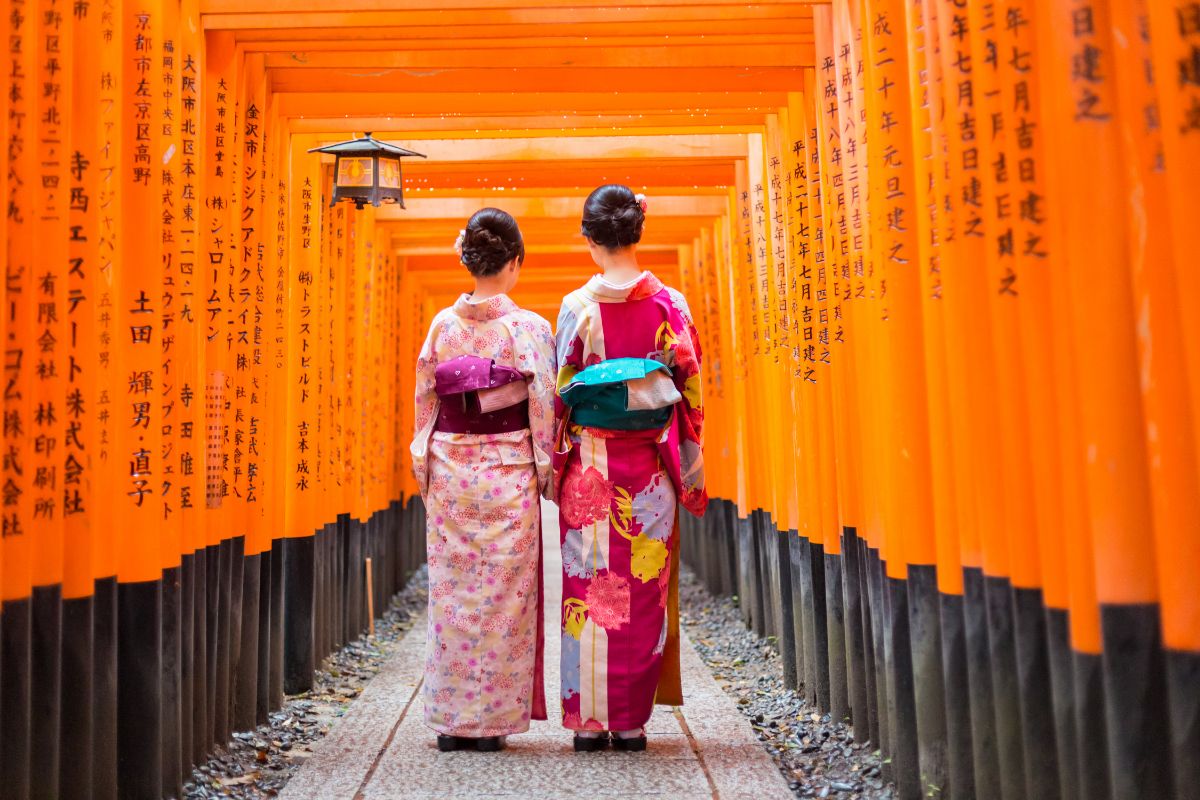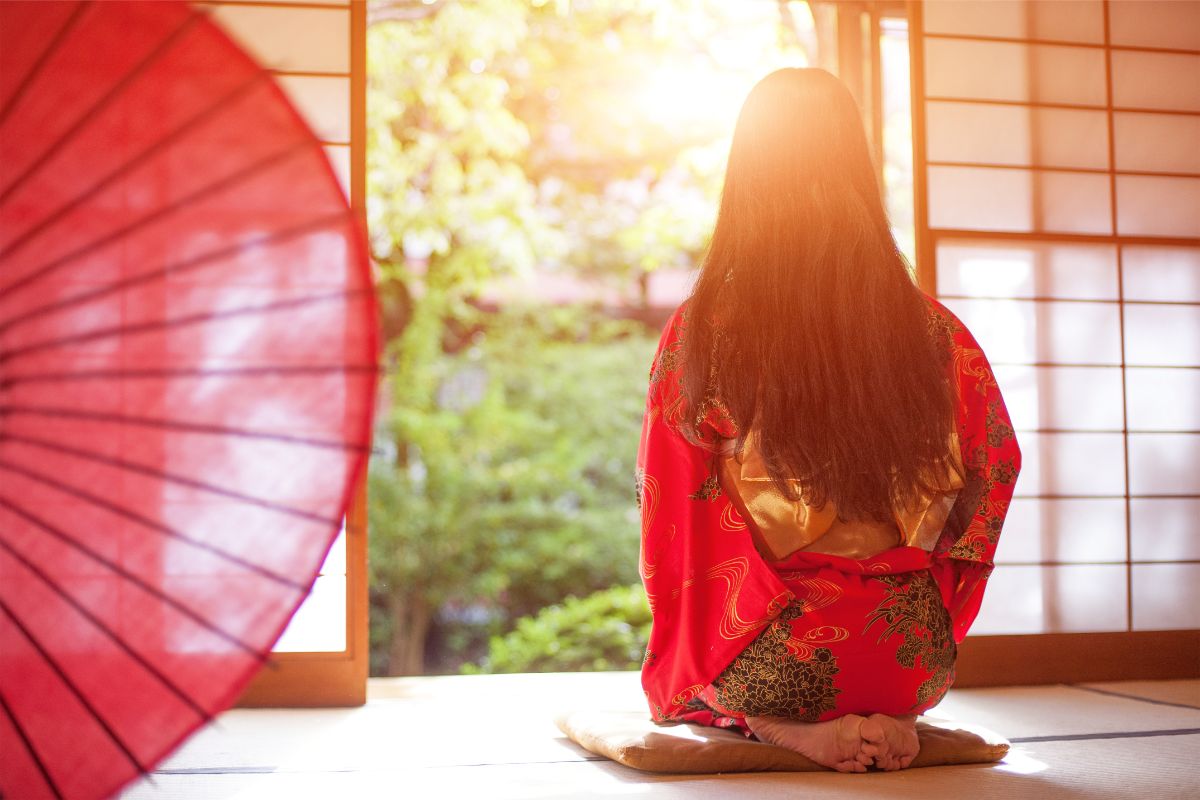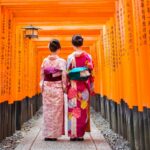The kimono is an iconic piece of clothing. Not just in Japan either, but around the world. This traditional item is steeped in rich history. Even so, it is still worn today for many different occasions. Having said that, the yukata is often confused for the kimono.
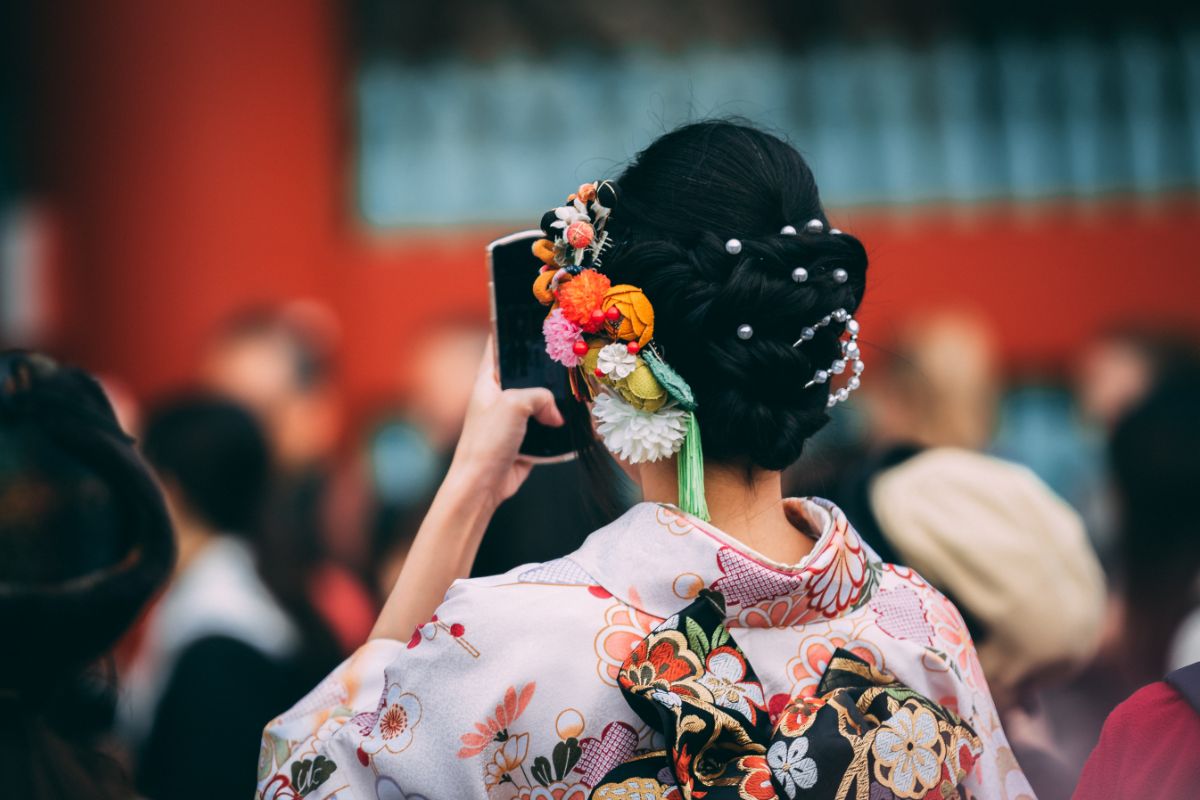
While they look similar, there are some key differences. However, what are those differences? One of the main differences is when it is worn. The yukata is thinner, and is saved for summer use.
However, due to its fabric it also acts as a robe after bathing. In this article we shall take a look at the main differences between a kimono and a yukata in more detail.
What Actually Is A Kimono?
Kimono simply means ‘to wear’ (ki) and ‘thing’ (mono). In simple terms, this translates to a kimono being a thing to wear. Centuries ago, Japan became inspired by China. This also included being influenced by what the Chinese were wearing too.
A kimono is a Japanese version of the hanfu, which is a traditional garment in China. The kimono is essentially just four pieces of material which are then sewn into the shape of a T.
It is then worn in a way that includes folds to keep the fabric in place on the body. An obi (belt) is used to secure the kimono together. This garment became a staple within Japanese culture for many reasons.
However, it was also very practical to wear. Not only did it look great, but the thicker layers of the kimono are warm in colder weather. These days you can buy a kimono in many different fabrics, colors and patterns.
What Actually Is A Yukata?
A yukata is actually a type of kimono. In fact, sometimes it is called a yukata kimono. This roughly means a ‘summer kimono’. Despite this, they are often put into a different category to a kimono.
While they do look very similar, a yukata and kimono have some differences. People tend to wear a yukata when they want something breezy and light. This is especially true in warmer weather.
It is much thinner than a kimono, and is made from a different fabric too. However, traditionally it was used after bathing in a similar fashion to a robe. This is why yukata means bathing cloth in Japanese.
Just like in western culture, a yukata was worn after bathing – or even in between bathing. Over time it has become a fashion item. It is worn by many as a light summer kimono, in the same way a woman might wear a casual dress.
What Are The Main Differences Between A Kimono And A Yukata?
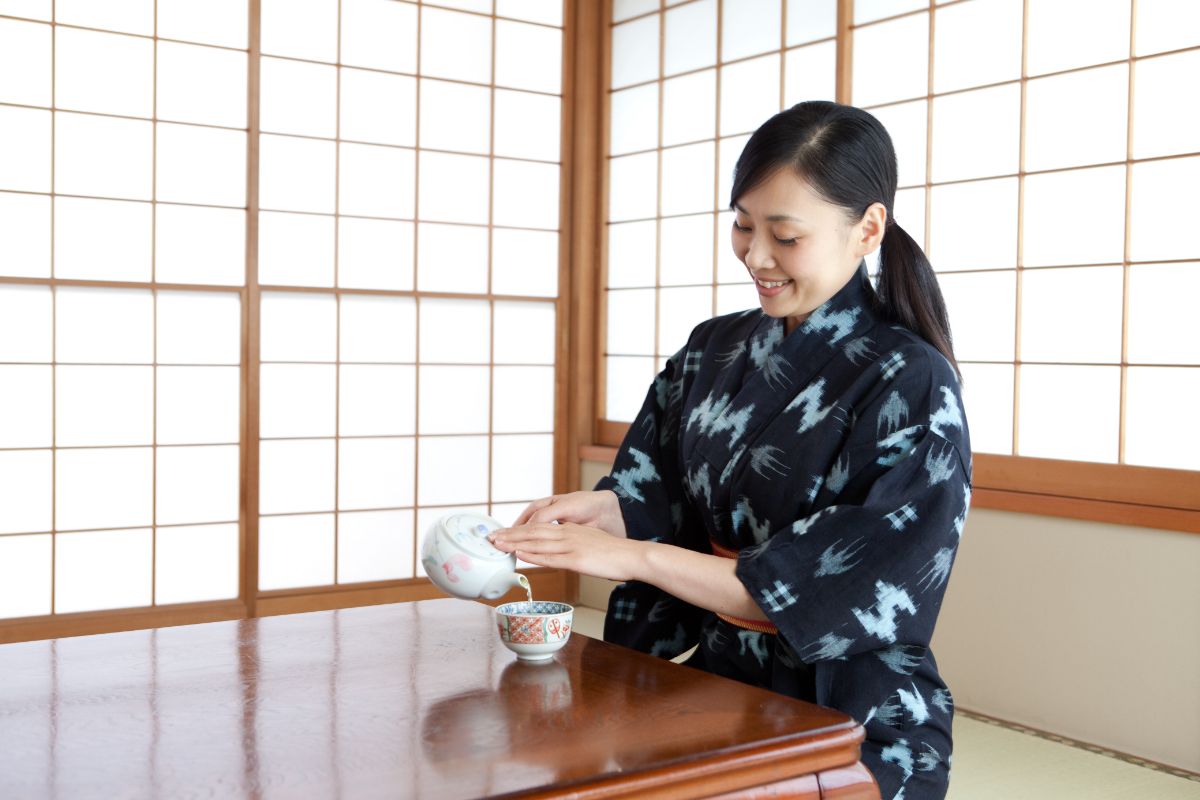
Now you know the vague differences between a kimono and a yukata, we shall take a look at what the main differences are. While they may look similar, there are things that make each one different from the other.
Fabric
A yukata is traditionally made from cotton. This is because cotton does not take ages to dry. This is essential when hopping out of the bath. It can wick away moisture that is left on the body. Cotton is also a breathable material.
During the humid and hot summers in Japan, cotton can help to remove sweat. It is also light and airy. This will help you to feel cool and comfortable. In modern times you can buy a yukata made from a synthetic material, rather than cotton.
Some synthetic fabrics are even more efficient at removing moisture than cotton. On the other hand, a kimono can be made from luxurious fabrics such as silk.
More often than not, an expensive kimono will get passed down the generations to be worn over and over again like an heirloom. However, a kimono can also be made from cotton, wool, polyester and linen.
Lastly when it comes to material, a yukata never has an interior lining. Instead it is just one piece of material. Adding a layer would just add warmth to the garments. A kimono always has a lining.
Occasions
A person may wear a yukata for celebration purposes. For example, it may be a party, or a festival. It could even be something happening locally like fireworks. Where you would not wear a yukata is at a formal event or ceremony.
When an event is formal, a kimono is worn instead. To the untrained eye, you might not see the difference between the kimono and yukata right away.
Style
A kimono is often worn with accessories and with an air of formality. On the other hand, a yukata is seen as informal. Its style has the look of a robe, or even a dressing gown. Having said this, it is often worn outdoors in modern times.
A kimono is seen as formal. It is often paired with accessories and made from a higher quality material. If the kimono is made from something like silk, then it is never washed.
For this reason, a nagajuban (inside layer) is worn. This stops the kimono from directly touching the skin where moisture may collect on the silk. You don’t need to wear an inside layer with a yukata because it can be cleaned very easily.
Final Thoughts
When it comes to a kimono and a yukata, you might not be able to tell the difference between them both. However, there are some major differences when it comes to the material, the occasion, and the overall style.
A yukata is seen as informal and is often worn during the summer. It is made from a light material with no lining underneath. This is because it is made from cotton which can be washed easily.
A kimono on the other hand is heavier and thicker, and often worn during formal events and ceremonies. Because it can be made from silk, often an inside lining is worn.
This keeps sweat and other dirt off the fabric. Now you know the differences between a kimono and a yukata.
- 16 Best Websites To Watch Japanese Movies With English Subtitles - May 11, 2023
- Is ZIPAIR The Best Airline For Traveling To Japan? - May 11, 2023
- Ryu Murakami Vs Haruki Murakami – Which One Should You Read? - May 11, 2023

![20 Best Japanese Directors [And Their Most Famous Movies] 20 Best Japanese Directors [And Their Most Famous Movies]](https://justaboutjapan.com/wp-content/uploads/2023/05/20-Best-Japanese-Directors-And-Their-Most-Famous-Movies-150x150.jpg)
